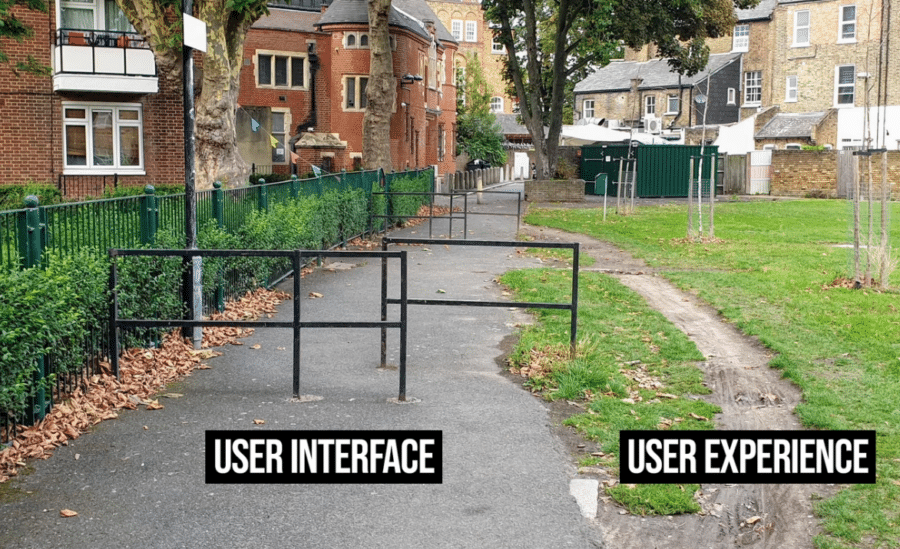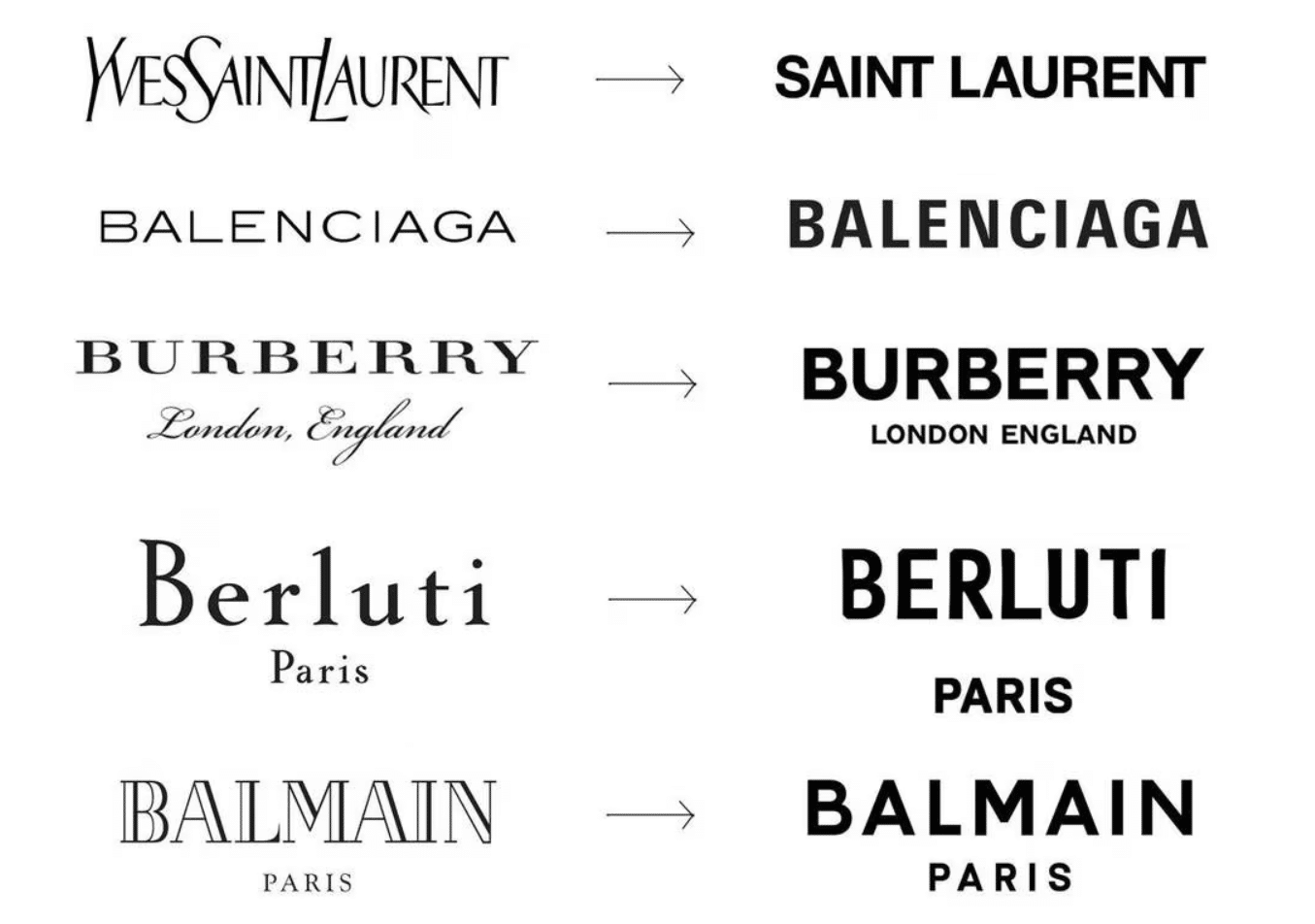In the digital age, a company’s website often serves as the frontline ambassador to its audience, making web design an indispensable pillar of digital marketing. Beyond mere aesthetics, strategic web design is an essential component of a business’s marketing strategy in 2023. It acts as a silent salesman, engaging visitors, guiding them through a seamless journey, and leaving a lasting impression that is synonymous with the brand’s image. In an era where attention is a scarce commodity, a website that can swiftly capture and retain that attention stands out in a crowded digital landscape. This article delves into the top five marketing best practices in web design for 2023, focusing on the strategies that can elevate a brand above the digital noise, foster customer loyalty, and drive business success.
1. SEO and Web Design
In the interwoven world of the internet, SEO and web design are intertwined, each playing a pivotal role in the digital visibility and success of a website. At the core of this synergy lies the user experience, which search engines like Google place at the forefront of their ranking algorithms.
Mobile responsiveness is a cornerstone of modern web design, critical not only for user engagement but also for SEO. As mobile devices become the primary means of online access, a website’s ability to adapt seamlessly to various screen sizes directly impacts its search rankings. Google’s mobile-first indexing is a testament to this, as it prioritizes mobile-optimized sites, underscoring the importance of responsive design in SEO strategies.
Site speed is another critical factor where web design intersects with SEO. In our fast-paced digital era, users expect instantaneity. A delay of mere seconds can increase bounce rates dramatically. Search engines recognize this, rewarding websites that load quickly with higher rankings. Optimizing images, leveraging browser caching, and minimizing code are web design practices that significantly contribute to speeding up a site, thereby improving its SEO performance.
User-friendly navigation is equally essential. A well-structured website with intuitive navigation ensures that visitors find what they’re looking for without confusion or frustration. This positive interaction signals to search engines that the site is of high quality, which can lead to better search rankings.
The use of SEO-friendly code is crucial for integrating essential elements like meta tags, consistent and logical URL structures, and clean code, all of which contribute to a website’s SEO footprint. The website should be designed with SEO in mind, ensuring that sites are not just visually appealing but are also structured in a way that search engines can easily understand. With a website that has been designed with SEO in mind, you have to have high level WordPress web developers who can create clean code that will be fast online.
Social media integration within web design amplifies a site’s reach and facilitates the creation of shareable content, increasing visibility and backlinks, which are valuable to SEO.
Structured data is the final piece of the puzzle, enhancing the way search engines interpret and display content. By implementing schemas, web designers can help search engines create rich snippets—detailed pieces of information that appear in search results. These not only improve click-through rates but also make a website stand out in SERPs, showcasing the synergy between SEO and meticulous web design.
The alignment of SEO and web design is not just beneficial but essential. From mobile responsiveness and site speed to user-friendly navigation and the integration of structured data, these elements coalesce to not only meet user expectations but also to satisfy search engine requirements, culminating in superior online visibility and higher search rankings. If some of these terms in the article aren’t making sense, check out our article Web Design Jargon Explained.
2. Content Strategy
Content is the lifeblood of web design from a marketing perspective; it’s the substance that breathes life into a website, engaging visitors and converting them into customers. And when looking at the marketing best practices for web design, it’s not just about filling pages with text; it’s about crafting a narrative that resonates with the brand’s identity and value proposition. Aligning content with brand messaging ensures a consistent and cohesive experience for users, strengthening brand recognition and loyalty. Every headline, paragraph, and bullet point should echo the core values and unique selling points of the brand, shaping the perceptions of visitors from the moment they land on the page.

In the digital marketplace, visibility is paramount, and strategic use of keywords within web content is a fundamental SEO technique. Keywords act as beacons for search engines, signalling the relevance of the web content to user queries. However, it’s a delicate balance to strike—keywords must be woven naturally into content to avoid the pitfalls of keyword stuffing, which can harm readability and search rankings.
Engaging visuals play a crucial role in complementing textual content. They not only break up text to improve readability but also aid in storytelling, making the content more memorable and shareable. Visuals can quickly convey complex information and evoke emotions, driving engagement and retention. Yet, there’s a fine line between a visually rich website and sensory overload. The balance lies in using visuals that enhance the message without distracting from it, ensuring the site remains easy to navigate and the content easy to digest.
To bolster inbound traffic, content must extend beyond the confines of the main site. Blogs, white papers, and case studies are potent tools that serve to attract visitors through informative and thought-leadership pieces. They provide depth, demonstrating expertise and building trust with the audience. By addressing pain points, offering solutions, and showcasing success stories, these forms of content become magnets for traffic, drawing in users through organic search and incentivizing them to explore the site further.
3. User Experience (UX) and Conversion Rate Optimization (CRO)
User Experience (UX) design is a critical component in the digital marketing ecosystem, with its principles directly influencing Conversion Rate Optimization (CRO). In the context of marketing, UX is not just about making a website look good; it’s about creating an intuitive path that guides users toward the desired action, whether that’s making a purchase, signing up for a newsletter, or contacting the company. See our article on What designers need to know to design for the web.
Central to good UX design is simplicity and clarity. The design should be intuitive, allowing users to navigate through the website with ease. This user-centric approach helps to remove any potential barriers that might prevent a user from converting. A clear call-to-action (CTA) is paramount in this journey. CTAs need to be visually distinct and compelling, prompting users to take the next step with language that resonates with their desires and needs.

Another principle of UX design critical for CRO is the minimization of user effort. This includes streamlining forms to ask for only necessary information, using predictive search to facilitate ease of use, and ensuring that the website is fast and responsive. These features contribute to a frictionless experience, which is more likely to keep users engaged and moving through the conversion funnel.
Incorporating elements of psychological persuasion within design is another layer of sophisticated UX that can lead to higher conversion rates. This includes the use of colour theory, where different colours can elicit different emotional responses, or the strategic use of white space to draw attention to particular elements like testimonials or special offers.
A/B testing is an indispensable tool in this process. By comparing different versions of a webpage, marketers can empirically determine which elements contribute to better conversion rates. Testing can reveal insights into user behaviour and preferences, allowing for data-driven decisions that refine the UX to better serve the end goal of conversion.
Ultimately, successful UX for CRO is about understanding and anticipating the user’s needs, then creating an environment that is not just user-friendly but also conversion-focused. It’s a blend of art and science, requiring a deep understanding of human behaviour, design principles, and continuous testing and improvement to create pathways that lead users naturally from interest to action.
4. Branding in web design
Web design is a potent tool in the arsenal of branding, serving as a digital canvas that portrays a brand’s identity, ethos, and distinctiveness. It is here that a brand can make a compelling statement about who they are and what they stand for. Consistent branding elements across the website—such as color schemes, typography, and imagery—create a cohesive experience that reinforces brand recognition. The psychology of colour plays a pivotal role, with specific hues evoking particular emotions and associations in the audience, contributing to the brand’s personality. Typography, beyond readability, communicates subtleties of tone and character, while imagery conveys messages and values at a glance.
A memorable logo acts as the linchpin of a brand’s online presence. It’s often the first element that catches the user’s eye, encapsulating the brand’s essence in a singular visual emblem. This consistency in visual language across all web pages is not merely about aesthetics but about crafting a narrative that a user can identify and engage with.
Speaking of memorable logos, a stream of luxury brands went from iconic, memorable logos to all having the same aesthetic. Burberry, Balmain, and more went the way of the serif emboldened serif font. What were once recognisable brands, all now had the same look and feel. Burberry has since gone to something in between the old and the new with a thinner, slightly rounder font called ‘Burberry House’, but the rest remain the same at the time of publishing.

Consistent and professional branding fosters trust and credibility with users. It signals to visitors that the brand is established and takes its identity seriously. This trust is foundational to building customer loyalty and is particularly crucial in the online space where the competition is just a click away. Through thoughtful web design, a brand can not only attract but also retain users by delivering a trustworthy and immersive brand experience.
4. Analytics & feedback in web design
In the realm of web design, the use of analytics and feedback mechanisms is essential for understanding performance and informing design decisions that optimize user experience and site efficacy. Analytics tools, such as Google Analytics, provide invaluable data on a range of metrics, including user engagement, bounce rates, traffic sources, and conversion patterns. This data doesn’t just quantify performance; it offers insights into how users interact with a website, highlighting which areas are performing well and which aspects need improvement.
Heat maps are a visual tool that can further elucidate user behavior. By showing where users click, scroll, and spend time, heat maps give designers a visual representation of hotspots and dead zones on a webpage. This information is crucial for optimizing layout, content placement, and CTA buttons, ensuring that the most valuable content is where users are most likely to engage with it.
User feedback forms are a direct line of communication with the audience, allowing for qualitative data collection. This feedback is especially beneficial because it comes straight from the users, providing clear directives on what they need, expect, or want to see improved. It’s a crucial component for iterative design, a process where continuous improvements are made based on user responses and behavior.
Together, analytics and feedback create a comprehensive picture of a website’s performance and user satisfaction. Tools like Google Analytics, heat maps, and user feedback forms are integral for a data-driven approach to web design, allowing designers and marketers to make informed decisions that enhance usability, strengthen user engagement, and ultimately improve conversion rates. The objective is to create a website that not only looks good but also performs exceptionally, fostering a positive user experience that aligns with business goals.
The wrap up…
As we navigate through 2023, the symbiosis between marketing and web design becomes increasingly critical for business success. A meticulously designed website serves as a multifaceted marketing tool, mirroring a brand’s ethos, engaging users meaningfully, and steering them toward conversion with finesse. By embracing responsive layouts, accelerated load times, SEO-optimized themes, and robust social media integration, companies can craft immersive online experiences that captivate and convert with equal measure. The strategic application of structured data to generate rich snippets and the careful alignment of content with a brand’s messaging are fundamental to boosting online visibility and driving inbound traffic. The core tenets of adept web design are fundamentally connected to the potency of digital marketing strategies. Brands vying for dominance in the digital marketplace will find that adherence to these web design best practices is not merely advantageous but essential, as it transforms site visitors into steadfast customers and propels the digital growth that is indispensable in our increasingly internet-driven world.
If you need help with your marketing and website, just get in touch with our team of experts, and we’ll help your website win.
Posted by: Jean Paldan
Nov 06, 2023


